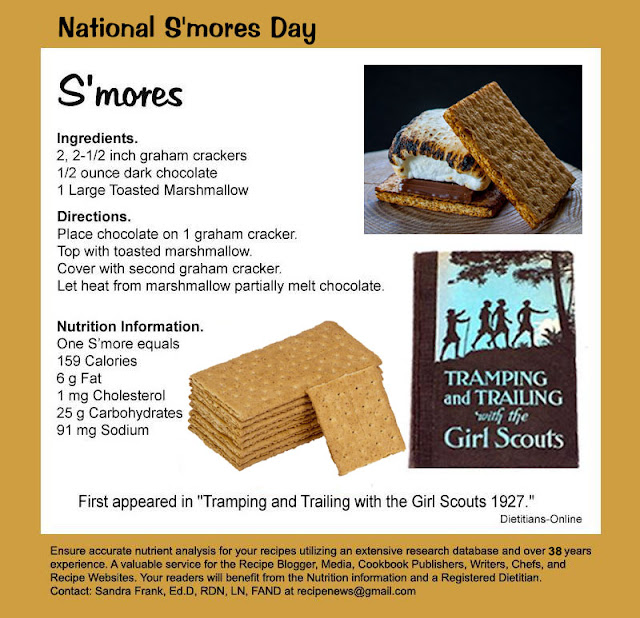Salmon with Rice Pilaf and Green Beans
Ingredients
3 ounces Salmon, grilled
1/3 cup Rice Pilaf
1/2 cup Green Beans
Health Benefits of Salmon
1. Salmon is a fish high in omega-3
fats. Omega-3 fatty acids are a type of polyunsaturated fatty acid that may
help lower cholesterol levels and support heart health.
2. Salmon is rich in high-quality protein. Your body requires protein to heal,
protect bone health, and prevent muscle loss, among other things. Salmon
provides 22–25 grams of protein per 3.5-ounce serving.
3. Salmon is an excellent source of several B
vitamins, which are needed for energy production, controlling inflammation, and
protecting heart and brain health.
4. 100 grams of salmon provide 11–18% of the RDI
of potassium, which helps control blood pressure and prevent excess fluid
retention.
5. A 100-gram serving of salmon provides 59–67% of
the RDI of selenium, a mineral involved in protecting bone health, improving
thyroid function, and reducing the risk of cancer.
6. Astaxanthin is an antioxidant found in salmon that may
benefit heart, brain, nervous system, and skin health.
7. Consuming salmon can help protect against heart disease
by increasing levels of omega-3 fats, decreasing levels of omega-6 fats, and
lowering triglycerides.
8. Consuming salmon may help you control your weight by reducing appetite,
boosting metabolic rate, increasing insulin sensitivity and decreasing belly
fat.
9. Salmon and other fatty fish can help lower inflammation,
which may reduce risk factors for several diseases and improve symptoms in
people with inflammatory conditions.
10. Frequent salmon consumption may help reduce symptoms of anxiety and depression,
protect fetal brain health in pregnancy, and decrease the risk of age-related
memory problems.
11. Salmon has a delicious flavor and can be prepared in many ways. Canned salmon is a convenient and inexpensive option.



































